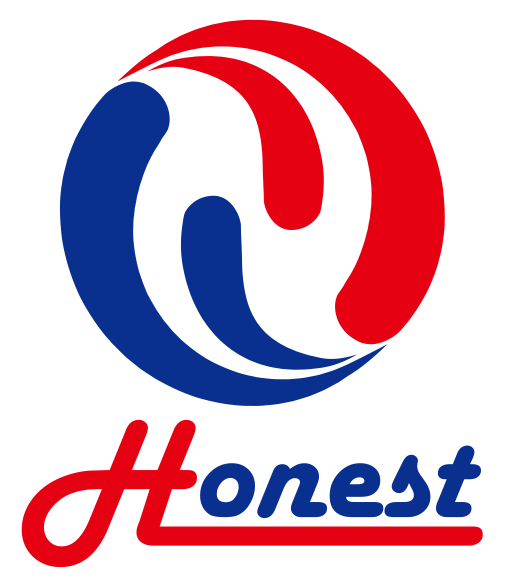

What Is Vacuum Frying And Features?
Vacuum frying operation is carried out at pressures below atmospheric pressure. Vacuum frying is an alternative way to enhance the quality of fried food products compared to atmospheric frying. [Dueik V, Bouchon P. Development of healthy low‒fat snacks: understanding the mechanisms of quality changes during atmospheric and vacuum frying]
The process is reported to preserve the natural colour and flavour, reduce the acrylamide content [Granda C, Moreira RG, Tichy SE. Reduction of acrylamide formation in potato chips by low‐temperature vacuum frying] and preserve nutritional compounds, such as vitamins and minerals in the fried product. [Da Silva PF, Moreira RG. Vacuum frying of high‒quality fruit and vegetable‒based snacks
What Is Vacuum Frying Application?
Vacuum frying has been applied to a wide variety of food products including snacks and treats. A large application of this technology is reported for fruits and vegetables. The latest reports comprise of vacuum frying of apple, apricot, banana, jackfruit, green and gold kiwifruits, carrot, mushroom, potato, shallot, sweet potato and purple yam.
What are vacuum frying benefits in processing of food products?
Savory fruits and vegetables snacks process
Troncoso et al. fried pre-treated potato slices at temperatures 120 and 140 °C under both vacuum (5.37kPa, absolute pressure) and atmospheric pressure conditions until they reached a final moisture content of 1.8kg water/100kg (wet basis). The colour of the potato slices fried at atmospheric conditions were described as darker and worse than the potato slices fried under vacuum. Texture quality was considered better for vacuum fried chips and overall quality improved with vacuum frying compared to atmospheric frying. [Troncoso E, Pedreschi F, Zuniga RN. Comparative study of physical and sensory properties of pre‒treated potato slices during vacuum and atmospheric frying]
Healthy Low fat fried products process
Oil uptake is one of the vital quality parameters of fried food products, which renders it unsuitable as a healthy food.[ Bouchon P, Pyle DL. Modelling oil absorption during post‒frying cooling: I: model development]
The intake of oil and saturated fat has been associated with significant health concerns, including coronary heart disease, cancer, diabetes, and hypertension.[ Saguy IS, Dana D. Integrated approach to deep fat frying: engineering, nutrition, health and consumer aspects]
Dueik & Bouchon [Dueik V, Bouchon P. Development of healthy low‒fat snacks: understanding the mechanisms of quality changes during atmospheric and vacuum frying] reported that vacuum frying pointedly lowered the final oil content in comparison to atmospheric fried food products and it also significantly reduced the rancidity of the oil used for frying.
Vacuum fried carrot slices were found to have approximately 50 %(d.b.) decrease in oil absorption compared to atmospheric fried slices under thermal driving forces of 60 °C- 80 °C.[ Dueik V, Robert P, Bouchon P. Vacuum frying reduces oil uptake and improves the quality parameters of carrot crisps]
Healthy Low acrylamide fried products process
Tareke et al. stated that acrylamide, a genotoxic carcinogen, is generated predominantly in carbohydrate rich food products during high temperature processes, including frying. Foodstuffs such as French fries, potato chips, and other deep fat fried, or oven cooked potato products, including crisp bread, biscuits, crackers, and breakfast cereals analysed for the compound showed high levels of acrylamide. [ Tareke E, Rydberg P, Karlsson P, et al. Acrylamide: a cooking carcinogen? ]
Vacuum fried potato slices at 118 °C produced low acrylamide content (6%) and desirable yellow golden color and texture attributes compared with those fried in the conventional fryer.[ Granda C, Moreira RG, Tichy SE. Reduction of acrylamide formation in potato chips by low‐temperature vacuum frying
Extended frying oil life
Most of the benefits from vacuum frying could be attributed to usage of low temperatures (105 °C), the minimal exposure to oxygen, which diminishes the adverse effects on the oil quality. [Shyu SL, Hau LB, Hwang LS. Effect of vacuum frying on the oxidative stability of oils]
During frying, the oil is exposed to air, water, and heat resulting in thermal, oxidative, and hydrolytic decomposition of the oil. Initially, fats and oils are oxidized to form the primary oxidation products, namely, hydro peroxides. These peroxides are enormously unstable and decompose via fission, leading to the formation of free radicals leads to a variety of chemical products, such as alcohols, aldehydes, ketones, acids, dimers, trimers, polymers, and cyclic compounds. Palm oil, lard, and soybean oil were heated under vacuum at 105 °C for 20min each hour in an 8 h shift. Results showed that palm oil and lard have greater thermal stability than soybean oil.[ Shyu SL, Hau LB, Hwang LS. Effect of vacuum frying on the oxidative stability of oils]
Why It Is Still Not Widely Promoted Vacuum Frying?
In economic terms, investment cost of vacuum fryer is much higher than conventional fryers in large scale industry.

